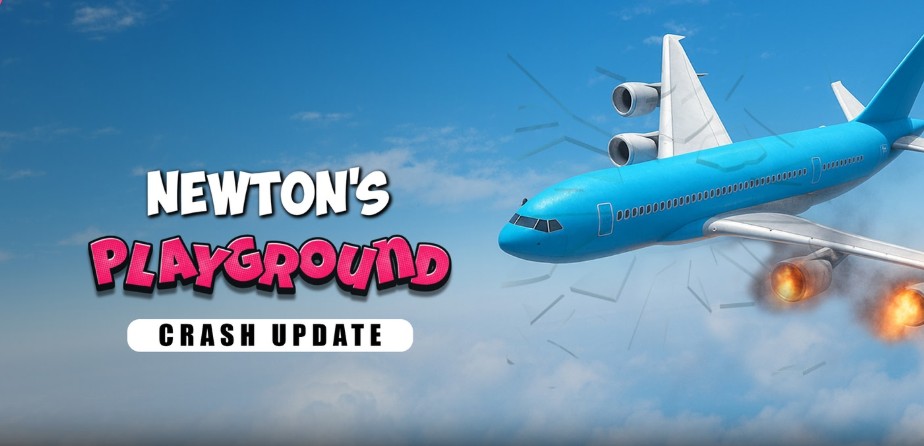Most VR games try to mimic reality-Newton’s Playground grabs physics by the throat and shakes it until strange things fall out. (Last week, I built a tower that hovered for 37 seconds before collapsing into what looked like a black hole-no exaggeration.) This isn’t about simulating our world; it’s about inventing new ones where gravity can be your friend or your worst enemy.
Forget guided experiences with training wheels. Here, you control everything-gravity’s strength, material bounce, even electromagnetic fields. Picture tweaking air density until your carefully stacked dominoes float away like feathers. The chaos isn’t just possible; it’s the whole point of showing up.
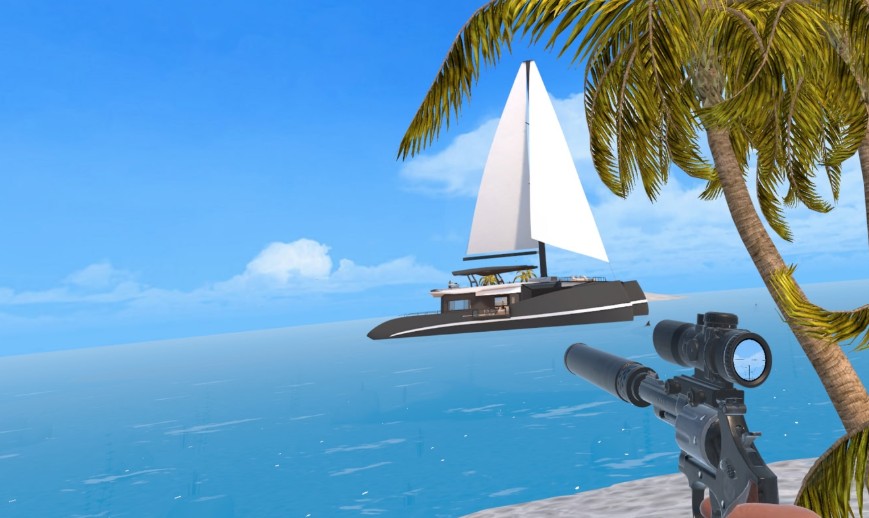
Why does this matter? Most games give you rules. Newton’s Playground hands you the rulebook and a lighter. Every session creates unique disasters and miracles-that shaky bridge holding under double gravity, or a pendulum swinging through zero-G like it’s dancing. Failed experiments often teach you more than successes ever could.
This sandbox trains your brain to think in systems. You’ll tweak gravity’s direction, play with frictionless surfaces, and watch chain reactions explode. It’s computational thinking made physical-and ridiculously fun. Ready to turn catastrophic failures into moments of pure genius?
Where Reality’s Rules Get Tossed Out the Window
Educators are tapping into this controlled chaos: physics classrooms using Newton’s Playground report a 40% jump in student engagement with tough concepts like angular momentum and harmonic motion through hands-on messing around. One user famously built a perpetual motion machine by setting gravity to -5 m/s² and friction to zero, keeping a cascade of orbs moving forever-a physical impossibility that shows the creative power you wield here.
A recent Stanford study found that just 30 minutes of tinkering here boosted participants’ problem-solving flexibility by 22% compared to traditional simulation software. (Turns out, breaking physics makes you sharper.)
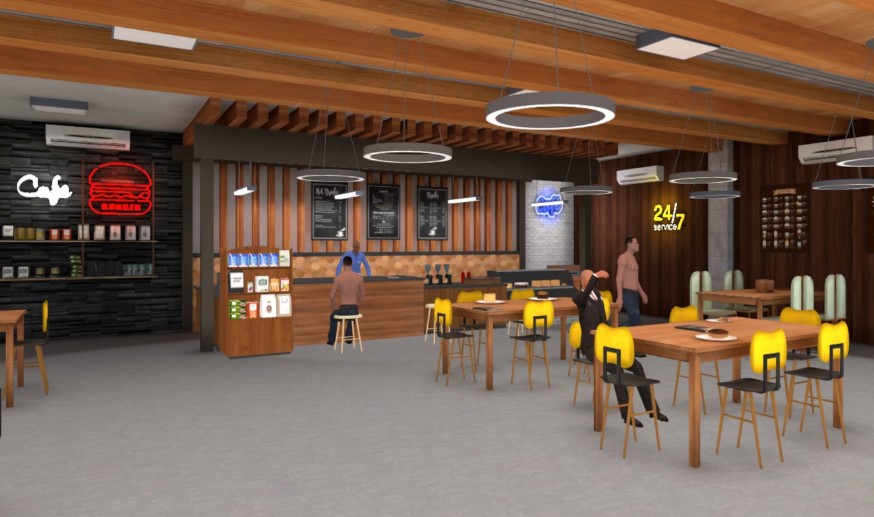
Warning: This sandbox needs a Quest 2 or newer headset; the computational load of real-time physics deformation can cause serious frame rate drops on older hardware, potentially wrecking your immersion. In one multiplayer session, three users simultaneously adjusted gravity direction, friction coefficients, and object mass to stabilize a wobbly bridge, showing how collaborative variable tweaking can solve complex structural problems that stump solo players.
The Core Mechanics: Your Virtual Physics Laboratory
Newton’s Playground turns your Quest into a full-blown physics lab where every parameter becomes a creative tool. Unlike Horizon Hyperscape’s realistic recreation, this sandbox focuses on raw physics manipulation. You’re playing with over 60 adjustable parameters-from air density and electromagnetic forces to material properties that laugh at reality. The interface shows these as intuitive sliders and dials, but the real magic is crafting custom presets that bend physics to your will.
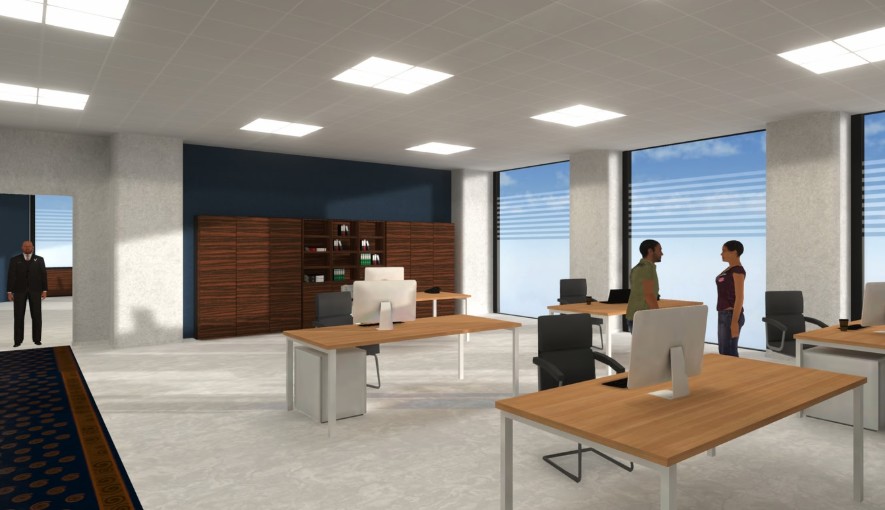
The building system works on three layers: object creation, property assignment, and environmental conditioning. Start by pulling primitive shapes from a radial menu-cubes, spheres, cylinders-then move to custom meshes and compound objects. Each object has its own physics profile where you can set mass independent of size, create negative friction values, or design materials that gain energy from collisions. This fine control enables experiments impossible elsewhere-like building a bridge that strengthens under stress or making objects phase through each other at specific speeds.
Environmental controls separate Newton’s Playground from simpler physics toys. You’re not just adjusting gravity strength (0-100 m/s²) but its direction. Create multiple gravity wells in one scene, or set gravitational pull to push objects away instead of pulling them. The atmospheric simulation includes variable air pressure zones, fluid dynamics for liquid experiments, and even controllable electromagnetic fields. These systems interact wildly-a high-pressure zone might stabilize a shaky structure, while carefully placed EM fields can birth perpetual motion machines.
The simulation accuracy shocks most users. While Horizon Engine handles 100+ user instances in social VR, Newton’s Playground puts its computational power into physics fidelity. The game calculates collision detection with sub-millimeter precision and keeps stable simulations even with hundreds of interacting objects. This depth allows emergent phenomena-small changes in starting conditions creating wildly different outcomes. It’s the butterfly effect made real through VR interaction.
Practical experimentation follows scientific method more than gaming conventions. The game includes measurement tools-rulers, protractors, force gauges, trajectory tracers-that give quantitative feedback on your creations. This turns playful tinkering into genuine learning. You’ll find yourself taking notes on what works, adjusting variables systematically, and developing theories about why certain structures behave oddly. It’s STEM education disguised as chaotic fun.
The most powerful feature might be the scenario recorder. Unlike Horizon Hyperscape’s environmental capture, this tool records all physics parameters and object interactions. You can rewind simulations to any point, adjust a single variable, and watch how changes ripple through the system. This allows precise troubleshooting of complex contraptions and deep understanding of cause and effect. It turns failure into learning opportunities rather than frustrations.
Multiplayer integration focuses on collaborative experimentation rather than social recreation. While Oktoberfest: The Official Game offers fairground minigames, Newton’s Playground lets multiple users manipulate the same physics environment at once. Imagine one player adjusting gravity while another builds structures, creating dynamic problem-solving scenarios. The shared lab approach fosters communication about physics concepts and collaborative debugging of complex systems.
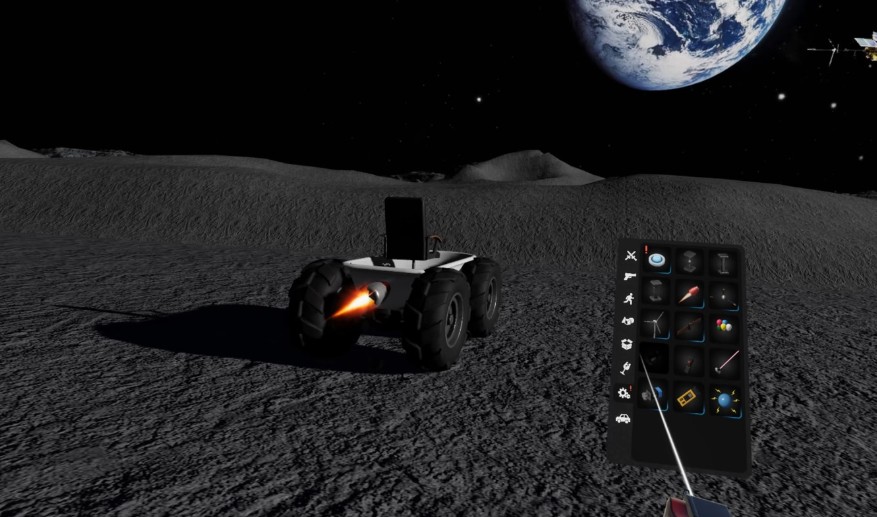
Performance optimization on Quest hardware is a technical marvel. The developers built custom physics algorithms that use the XR2 chip’s AI capabilities for predictive simulation. This allows complex interactions without killing frame rate-crucial for VR comfort. The system dynamically adjusts calculation precision based on object importance, ensuring key elements behave accurately while background elements maintain performance.
Physics Unleashed-Your Playground Awaits
Forget predictable simulations. Newton’s Playground isn’t about recreating reality-it’s about bending it. (Meta’s Horizon Hyperscape mimics our world; this thing smashes it.) While Oktoberfest: The Official Game locks you into beer-stein minigames, here you’re free to tweak gravity, friction, chaos itself. The real magic? Failing spectacularly-and learning why that crumbling tower teaches you more than any perfect build.
Your mission: experiment with purpose. Don’t just spawn objects-test theories. Reverse gravity at 5 m/s² mid-swing. Crank air density to mimic underwater builds. (Watch that bridge you spent 20 minutes on instantly collapse-then rebuild it smarter.) Use the measurement tools; they’re not gadgets but your keys to causal relationships. This isn’t play-it’s physics bootcamp disguised as a riot.
Those systemic thinking skills? They travel beyond the headset. Adjusting variables, observing outcomes, iterating-that’s engineering, design, even startup strategy. Horizon Engine enables massive social worlds, but Newton’s Playground offers depth: personal mastery over complex systems. (Thanks to those custom AI algorithms on the XR2 chip-keeping frame rates smooth even during 200-object chaos.)
The multiplayer lab turns isolated tinkering into collective discovery. When three users simultaneously manipulate gravity, friction, and object mass on the same structure, you see emergent behaviors no single player could predict. This collaborative debugging-arguing over why a bridge collapsed and testing solutions together-forces articulate communication of complex physics principles.
Performance optimization isn’t just technical-it’s experiential. The dynamic calculation system (prioritizing precision for interacted objects while simplifying background elements) maintains 90fps even during catastrophic chain reactions. This technical achievement means your creative flow stays uninterrupted by lag or discomfort, letting you stay immersed in the physics rather than the hardware limits.
Next steps? First, run three experiments: test structural integrity under low gravity, simulate pendulum motion with custom weights, create a chain-reaction disaster. Record everything-your biggest ‘failures’ often hide the brightest insights. Share them with collaborators; the multiplayer lab turns problem-solving into a team sport. Finally, push boundaries. The wildest discoveries live just one adjusted parameter away.

